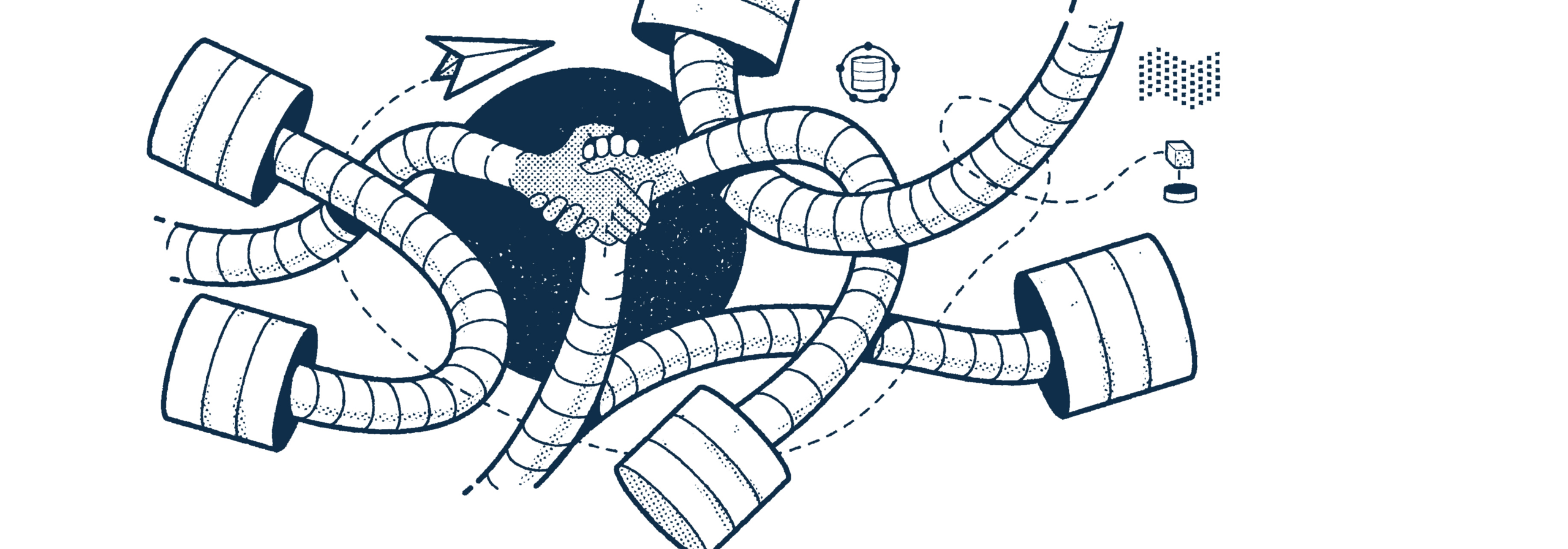Speed and accuracy are essential if the global health community is to respond effectively to epidemics. This has always been true, even of non-COVID19 pandemics like AIDS, tuberculosis, and malaria that have been around much longer, but COVID-19 is a good reminder of the need to both get answers fast and get the right answers that save the most lives.
Given the way knowledge is generated in health, reaching this dual bar of speed and accuracy demands accelerating the publication of important, emergent research findings while at the same time providing independent verification of the veracity of these analyses and their interpretation. One way to meet these demands is to move the concept of FAIR data (findable, accessible, interoperable, and reusable) from an abstract idea to standard practice. If data generated by researchers were more quickly available, in the FAIR sense, then the job of assessing the accuracy of evidence being fed into decision making would be more straightforward.
Through the COVID-19 Therapeutics Accelerator (CTA), the Gates Foundation and our partners are trying to honor the need for speed and accuracy by taking on the challenge of operationalizing FAIR—that is, adopting policies and practices that move FAIR out of the realm of the abstract and make it real.
Until now, much of Ki’s work has been retrospective: trying to make data sets FAIR after the fact. Since the studies that generated the data weren’t designed to be FAIR, this is the research-science equivalent of jamming a square peg in a round hole. It takes a lot of brute force, and when you’re done it’s still not a great fit. If partners don’t discuss how studies, scientific questions, experiments, and data may be used in the future from the beginning, it takes exponentially more time to access, annotate, and standardize data for recovery, reuse, and discovery.
Data-sharing, from theory to practice
Now, with CTA grants, we are transferring our Ki learnings and desires to be prospective: building data sharing in from the beginning by getting very specific before the research is funded. Based on potential use cases for secondary analysis, we are working with grantees to agree in advance on decisions like how the data will be formatted, which repositories it will go to, and approximately when each step in this process will happen.
Our data sharing practices are designed to save as much time as possible. Several years ago, there was a big movement to publish data alongside any papers based on it; however, that still leads to a delay of at least 18 months, while the data is analyzed, the paper is written, the manuscript is reviewed, and the journal is published. In our agreements, metadata, our basic study characteristics found in a typical abstract, goes to a repository before the study starts. Other researchers or data scientists will be able to pre-order the data based on the metadata so that they receive it literally as soon as it’s available.
We know that principal investigators have been trained and worked in a different data-sharing paradigm. We don’t expect them to adhere to new policies and practices without additional support, and we are working with our partners to provide that support. Some ideas include alternative incentive systems so that researchers get credit not just for publishing papers but also for contributing data or learning modules for academic researchers to make it easier to generate and manage data in an easily discoverable format. And since we are now having discussions about data sharing very early on, we can identify gaps in grantees’ data-sharing capabilities—do they need training, do they need an extra person on their team?—and help to fill them.
We are learning as we go about how to structure data sharing agreements that serve everyone’s needs. We have much more to learn, but we are confident that in just three or four months, we’ve made what would have been three or four years of progress during normal times. As best practices become clearer, we hope that other major funders of research will adapt them to their needs and then standardize them in their grant agreements. This is how we intend to forge path toward a FAIR future in global health.
